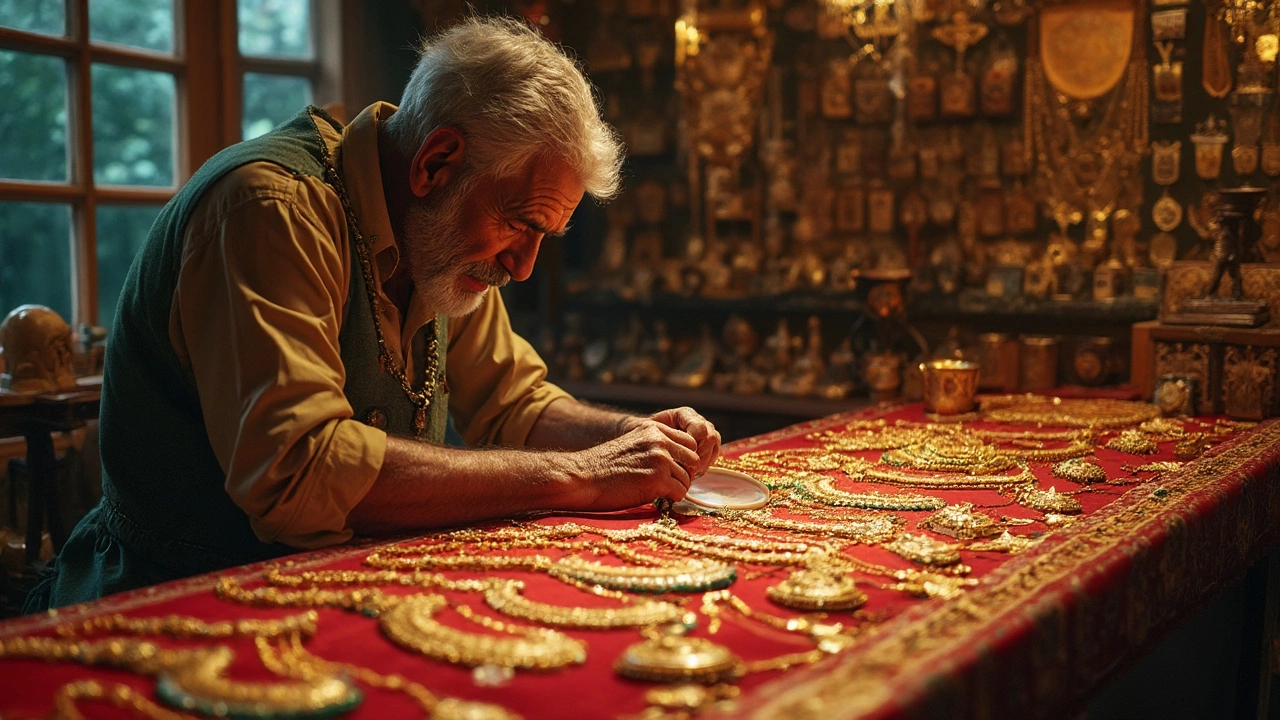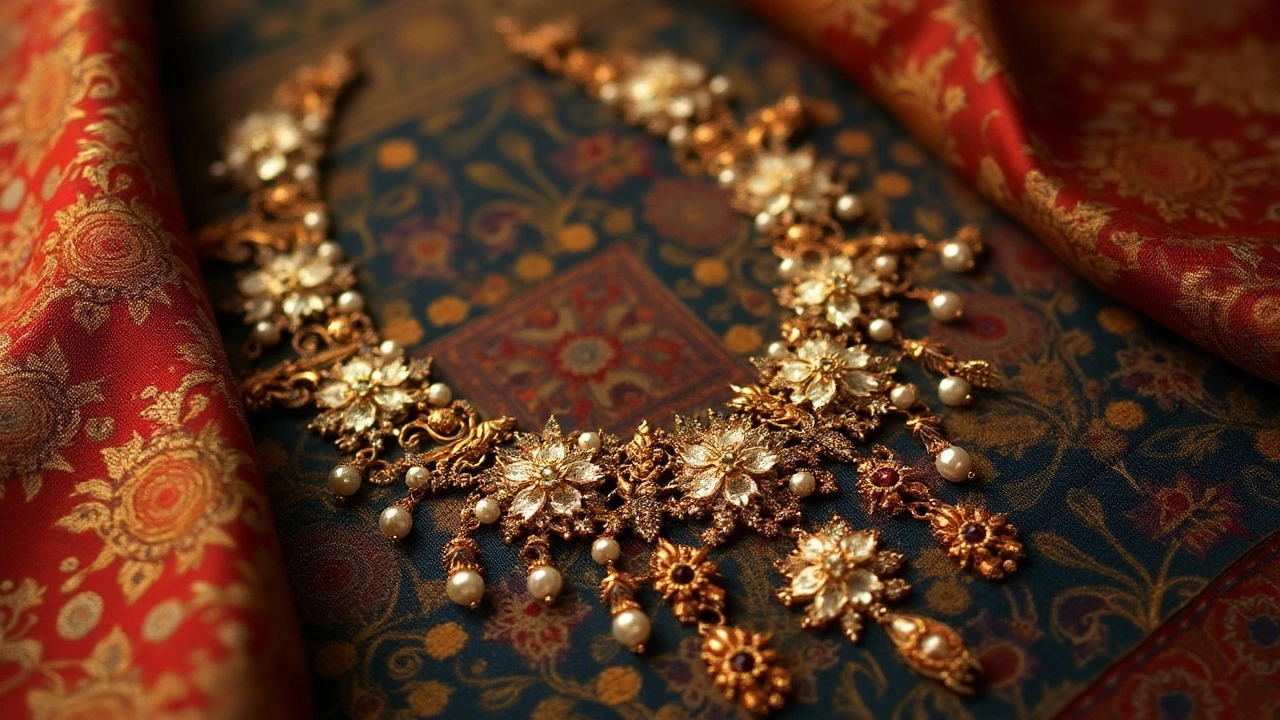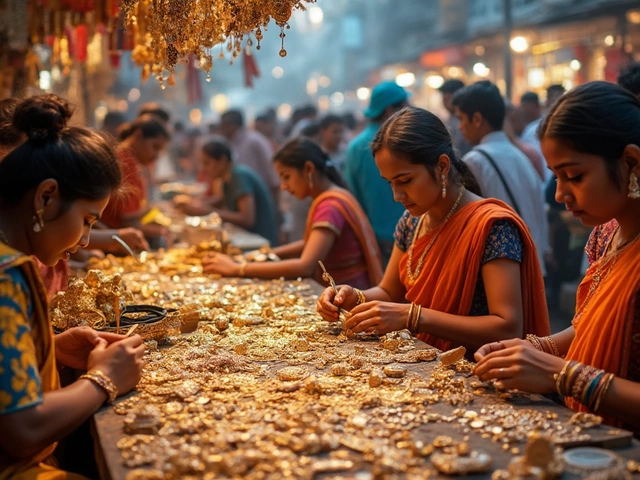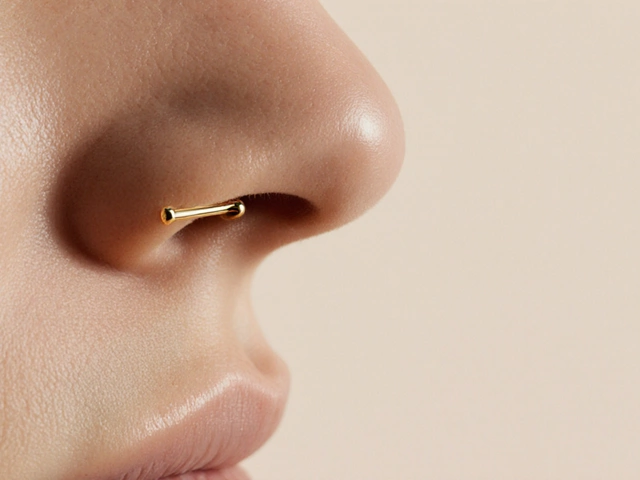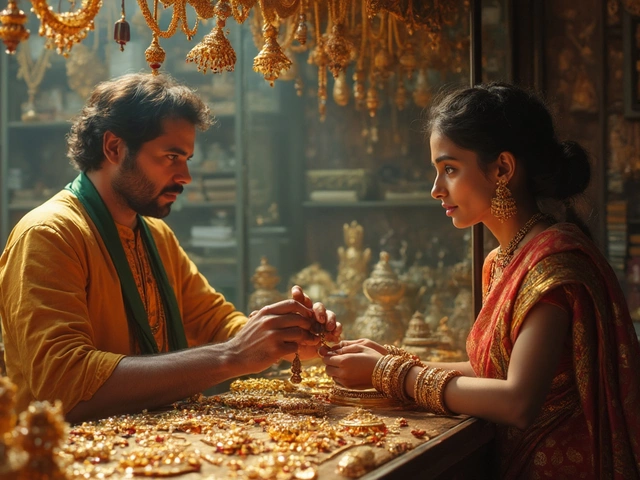Antique Designs: Classic Indian Jewellery Styles
If you love a piece of history you can wear, antique jewellery is the perfect fit. On RH Jewellers you’ll find designs that have been loved for generations, from intricate gold filigree to aged silver bangles. These items aren’t just accessories; they’re stories you can hold in your hand.
What makes a design “antique” isn’t just the look, it’s the age. In India, most experts agree that jewellery must be at least 50 years old to be called antique. Anything younger falls into the vintage or classic category. Knowing this helps you set realistic expectations when you’re hunting for that truly old‑world charm.
One of the easiest ways to tell if a piece is antique is by its hallmarks. Old gold often carries a ‘875’ stamp, which means 21‑karat purity, while silver pieces may show ‘833’ or the BIS (Bureau of Indian Standards) symbol. These marks are tiny but they tell a lot about the metal’s quality and the era it belongs to.
Design details also give clues. Look for hand‑cut Kundan settings, delicate Meenakari enamel work, or the lattice‑like patterns of traditional filigree. These techniques were hand‑crafted without modern machines, so the slightest imperfections are actually a sign of authenticity.
RH Jewellers groups all antique‑style items under the “antique designs” tag, making it simple to browse. The tag page pulls in useful guides like “What Does 875 Mean on Gold?” and “How to Tell Cheap Jewelry,” so you can double‑check the information while you shop. It’s a one‑stop spot for both inspiration and education.
When you decide to buy, keep a few practical tips in mind. First, verify the hallmark against the description – the site often lists it right next to the price. Second, ask about the piece’s provenance; a short history adds value and confidence. Finally, compare the price with current market rates for the same purity to avoid overpaying.
How to Spot Real Antique Jewellery
Check the weight. Older gold feels heavier because it’s usually solid, not hollow or plated. Examine the finishing – true antique pieces have a slightly uneven surface, a result of hand‑polishing. And don’t forget the patina; a natural, gentle oxidation is a good sign that the item has aged naturally.
Caring for Your Antique Pieces
Antique jewellery needs gentle handling. Clean with a soft cloth and mild soap water, avoid harsh chemicals that can strip the patina. Store each piece separately in a soft pouch to prevent scratches, especially for delicate Kundan or Meenakari work. Regularly check the settings for loose stones – a quick visit to a trusted jeweller can keep the piece safe for years.
With the right knowledge, buying antique designs becomes a fun treasure hunt rather than a gamble. Explore the tag, read the related guides, and pick pieces that resonate with your style. Your next antique find could be just a click away on RH Jewellers.
How to Determine If Your Antique Jewelry Is Valuable
Trying to figure out if your antique jewelry is valuable can be tricky. There are several factors you need to consider, like the age, rarity, and condition of the pieces. Knowing what to look for, such as maker's marks and the history of the piece, can help you assess its true worth. Getting a professional appraisal might be necessary if you suspect a piece is particularly valuable.
Discover the Most Coveted Vintage Jewelry Pieces
Vintage jewelry holds an undeniable allure, intriguing both collectors and fashion enthusiasts alike. Beyond their aesthetic charm, these pieces narrate stories from yesteryears, crafted with artistry that has stood the test of time. Whether it’s the radiant elegance of Art Deco or the intricate detail of Victorian designs, each piece carries a unique heritage. This article delves into the most coveted vintage jewelry pieces, exploring what makes them truly timeless treasures.
